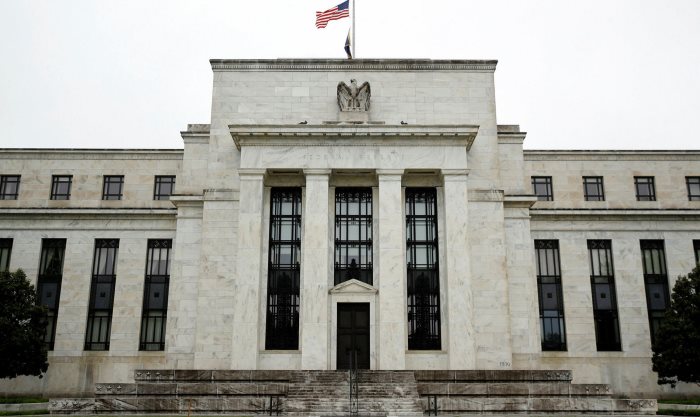In an unexpected turn of events, the sudden spike in overnight loan rates in the United States this month has set off alarms among financial analysts. They caution about potential strains in broader financial markets next year, attributing the surge to the growing sale of Treasury bonds by the U.S. government to cover its deficits.
Concerning Divergence: Loan Rate vs. Federal Reserve Cash Absorptio
Concerns arose over an unexpected jump in the overnight cash loan rate earlier this month. The disparity between this rate and the rate of excess cash absorption by the Federal Reserve has raised concerns, as historically, these rates have closely followed a pattern.
Expert Assessment: Generalized Financing Pressure or Episodic Disturbance?
Joseph Abate, an interest rate strategist at Barclays, emphasizes the potential severity, stating, “The real question is whether we are witnessing widespread or episodic financing pressure, as seen here. My impression is that it will likely become more widespread.”
Focus on the Repo Market: A Crucial Indicator for Stability
Attention has shifted to the repo market, a crucial benchmark for broader lending activities. This market is responsible for determining the short-term cost of exchanging high-quality collateral, such as Treasury bonds, for cash. It experienced a sudden flash in early December, sparking concerns about overall liquidity in financial markets.
Current Challenges: Treasury Bond Supply and Market Liquidity
Historically, repo rates and central bank policy rates have been closely monitored. However, the dynamics have shifted in the last decade due to the influx of cash by the Federal Reserve. The cessation of Treasury bond purchases 18 months ago has left investors navigating this landscape independently. This has raised concerns that the anticipated increase in Treasury bond supply could overwhelm available funds, straining market liquidity.
United States Rate Strategist Mark Cabana Foresees Upward Financing Pressure
Mark Cabana, the head of United States rate strategy at Bank of America, highlights the significance of recent events, stating: “What happened is important because it suggests what is likely to come, and that is more upward pressure on financing.”
Root Causes Analysis: Treasury Bond Excess and Repo Financing Demand
The recent rise in the secured overnight loan rate (Sofr) has drawn attention to potential challenges in financial markets. Analysts attribute the temporary increase to an excess of new Treasury bonds briefly surpassing available cash in the loan market.
Secure your 5-year subscription to WSJ Digital for only $89
Looking Ahead: Reverse Repurchase Program and Financial Stability
While analysts closely monitor the situation, a crucial factor for the operation of money markets next year will be the speed at which the Federal Reserve’s reverse repurchase program continues to decrease. The markets’ capacity to handle the expected rise in Treasury bond issuance is crucial for financial stability.
Quantitative Tightening (QT) Uncertainty: Federal Reserve’s Program Adds Complexity
The Federal Reserve’s quantitative tightening (QT) program, initiated in June 2022, adds another layer of complexity. Although analysts are divided on when the Federal Reserve might reduce or pause its QT program, there is consensus that a significant increase in repo market rates could compel the central bank to bolster liquidity, repeating actions taken in 2019
Emergency Responses: Federal Reserve’s Permanent Repurchase Facility
Although the Federal Reserve has introduced a permanent repurchase facility to assist the market in times of sudden tension, most experts anticipate that this will alleviate but not entirely eliminate any increase in rates. The situation is evolving, keeping investors and analysts on high alert for potential signs of deeper financial challenges.

